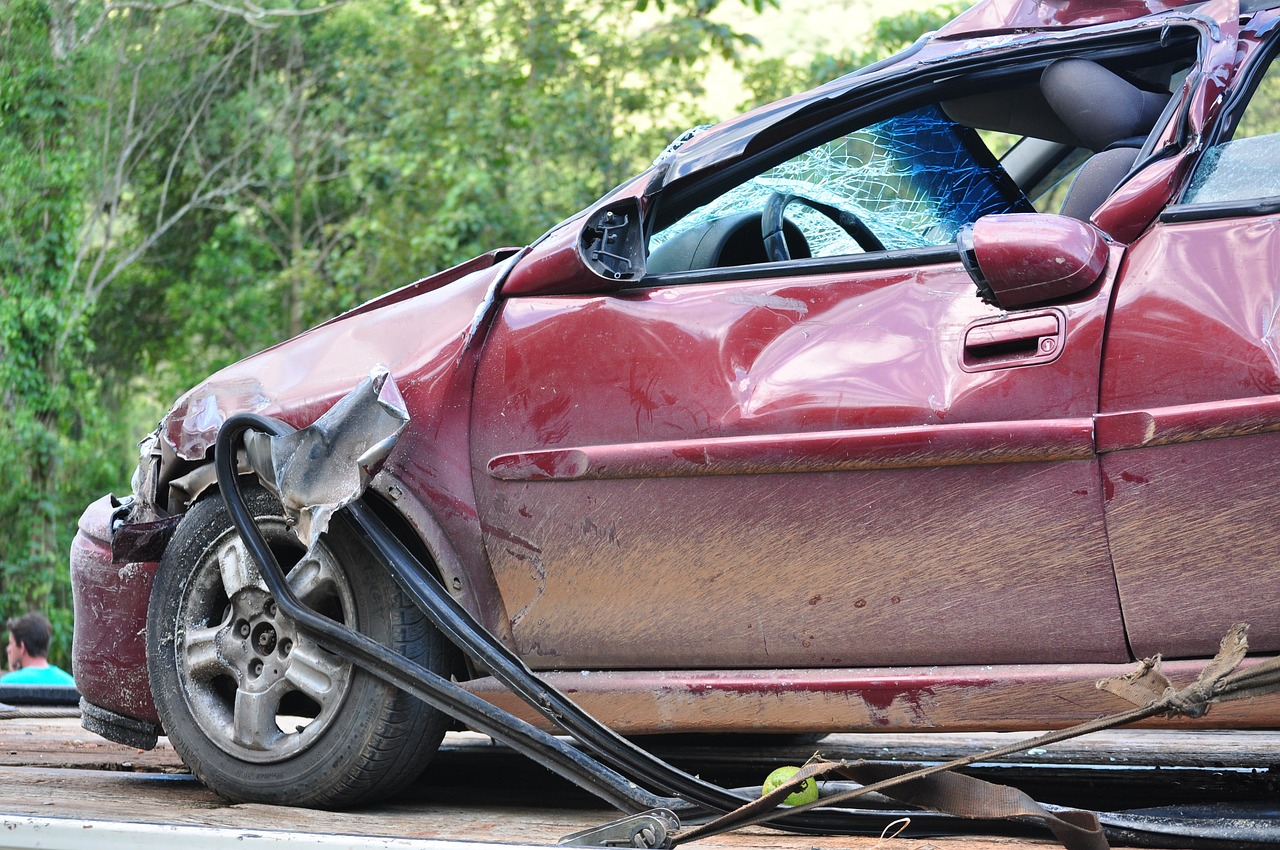
Car accidents resulting from technical failures are a hard reality on our roads today. These incidents are stark reminders of the complex relationship between humans and machines. When vital components malfunction, the consequences can be sudden and devastating.
Brake failures, steering system breakdowns, or sudden tire blowouts can transform routine journeys into disturbing ordeals. Such mechanical betrayals often catch drivers off guard, leaving them with precious little time to react. Lives are irrevocably changed in the blink of an eye, and families are left to struggle with loss and trauma.
Alongside considering the critical importance of regular maintenance and vehicle inspections, there are some technological features to look at. These safety brackets can be our protective guards in situations involving technical failure. Let us look at some of these safety features and understand why they are important by looking at a recent incident.
Collision Due To Brake Failure
A shocking incident occurred at the Emerson Park station in East St. Louis, as reported by Belleville News-Democrat. A vehicle collided with a MetroLink train, disrupting regular operations for close to ninety minutes. Reverend Solomon Butler, a 58-year-old pastor at Union Full Gospel Baptist Church in East St. Louis, recounted the moment he struck the train. He recalled that the collision occurred just a few minutes before 9 a.m. on January 3rd.
Butler attributed the crash to a sudden brake failure in his Mercedes CLK 350, stating, “They just went out, and I hit the train.” Despite the unexpected turn of events, only three passengers requested transportation, and fortunately, there were no visible injuries reported. The shuttles were put into operation at 9:13 a.m., and by 10:30 a.m., the area had been cleared. Normal MetroLink operations resumed thereafter.
Officials present at the scene expressed their surprise and relief that no serious injuries had occurred, considering the potentially dangerous nature of the collision. However, it is not every time that no injuries are caused. Such collisions can end up taking many lives in no time.
In the aftermath of such incidents, navigating legal complexities can be overwhelming for those affected. To guide you legally in these times, a car accident lawyer in St. Louis can help you with the most efficient options. These legal professionals assist in pursuing compensation for damages, which can vary depending on the case specifics.
Over 14,000 people in St. Louis were involved in auto accidents in 2023 that resulted in property damage, injuries, or fatalities, according to TorHoerman Law. Moreover, in 2023, St. Louis County saw the highest number of pedestrian fatalities ever recorded.
Break Failures Resulting In Breaking Lives
Going into the numbers reveals the saddening reality of brake-related incidents on our roads. While relatively rare, these events carry significant consequences when they occur.
- On average, 264,000 car accidents occur annually in the U.S. due to brake malfunctions.
- Approximately 2% of all vehicle crashes in the U.S. stem from critical vehicle defects, with 22% of these crashes attributed to brake malfunctions.
- In 2022, brake-related recalls constituted 6% of total vehicle recalls, affecting 1.7 million vehicles.
- Brake failure is 1.4 times more likely during summer months due to increased heat accelerating brake degradation.
- Older vehicles over 15 years are 1.8 times more prone to brake failure accidents, resulting in injuries or fatalities.
An Attempt To Prevent Technical Failures
Modern automotive engineering has taken remarkable steps to enhance brake safety through innovative technologies.
- Anti-lock braking systems (ABS) stand at the forefront, preventing wheel lockup during sudden stops and maintaining steering control.
- Electronic brake-force distribution works alongside ABS, optimizing braking pressure across all wheels for improved stability and shorter stopping distances.
- Brake assist technology detects emergency braking situations, automatically applying maximum force to reduce stopping time.
- Regenerative braking, popular in electric and hybrid vehicles, not only conserves energy but also reduces wear on traditional friction brakes.
- Advance Driver Assistance System Market now incorporate automatic emergency braking, using sensors to detect potential collisions and apply brakes if the driver doesn't react in time.
Frequently Asked Questions (FAQs)
What should I do during break failures while driving?
While driving, if your break fails, stay calm and try to downshift to a lower gear to reduce speed. Use the emergency brake gradually to slow down, but be cautious as it can cause the car to skid. If necessary, steer the vehicle towards a safe area, such as a grassy shoulder or a ramp, to reduce speed further.
How can I prevent brake failure in my car?
Preventing brake failure involves regular maintenance and inspections. Check your brake fluid levels regularly and top up if necessary. Have your brake pads, rotors, and lines inspected and replaced as needed. Pay attention to any warning signs, such as squeaking or grinding noises, which may indicate worn brake components. Regularly flushing the brake fluid and replacing it according to the manufacturer’s recommendations can also help maintain braking performance.
What are the warning signs of potential brake failure?
Warning signs include multiple hints like squeaking or grinding noises when applying the brakes. A soft or spongy brake pedal, the vehicle pulling to one side when braking, or a burning smell coming from the wheels. Additionally, if the brake warning light on your dashboard illuminates, it’s important to have your brakes checked immediately.
These innovations work together to create multiple layers of safety, significantly reducing the risk of brake failure. They represent a fusion of mechanical engineering and smart technology, constantly monitoring and adjusting to road conditions and driver inputs.
While no system is flawless, these advancements have dramatically improved vehicle safety, giving drivers more confidence and control. As technology continues to evolve, we can expect even more sophisticated brake safety features in the future, further minimizing the occurrence of brake-related accidents.


